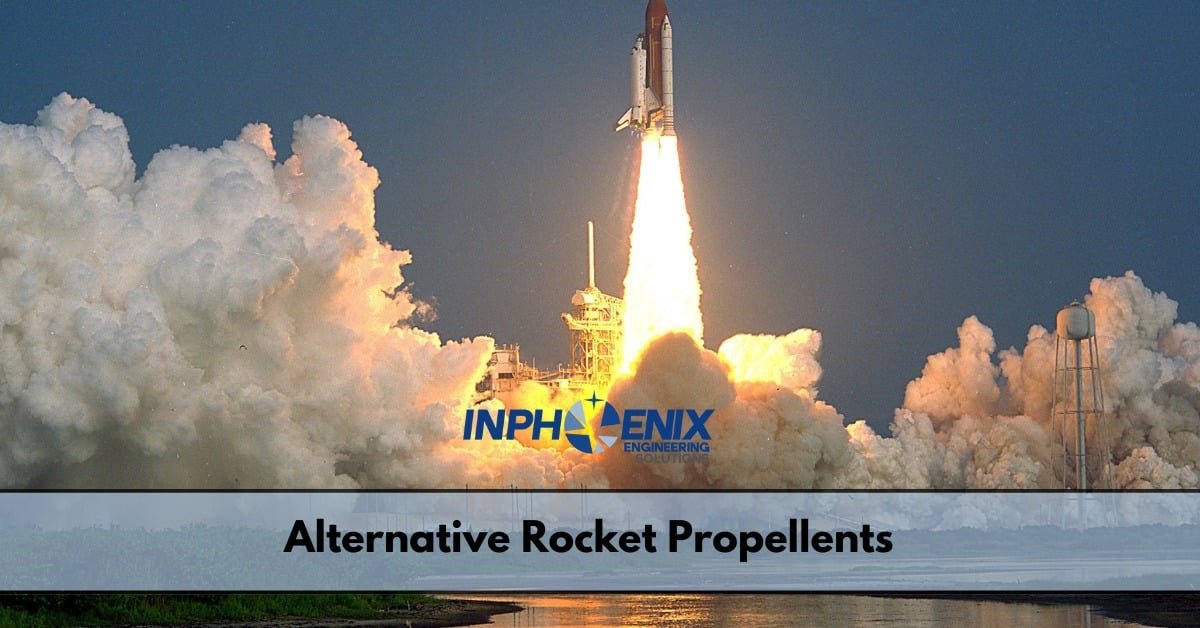SpaceX's Starship, with its ambitious goal of interplanetary travel, relies on the powerful Raptor engines fueled by liquid methane and liquid oxygen (CH4/LOX). While this combination offers a proven track record and readily available propellants, the vastness of space exploration necessitates considering alternative propellant pairs for future Starship iterations or other deep-space missions. This article delves deeper into the potential advantages and challenges of utilizing different fuel and oxidizer combinations in a Starship engine, analyzing their feasibility and the technical hurdles involved.
Advantages of Alternative Propellant Pairs:
- High Exhaust Velocity (Isp): Different propellant combinations offer varying Isp values, which directly impact the engine's efficiency. Selecting propellants with a higher Isp translates to less propellant needed for the same thrust, leading to a more fuel-efficient and potentially lighter spacecraft. This becomes crucial for missions venturing further into space, where every kilogram of payload counts.
- Example: Methane/Hydrogen (CH4/H2): This combination boasts a significantly higher Isp compared to CH4/LOX, offering a potential increase in payload capacity or range.
- Availability and Cost: Certain propellants might be more readily available or cheaper to procure compared to the traditional CH4/LOX combination. This could significantly impact mission costs, especially for long-duration deep-space endeavors.
- Example: Nuclear Thermal/Electric Propulsion: Utilizing a nuclear reactor to heat a propellant like hydrogen to extreme temperatures allows for incredibly high Isp, potentially reducing the amount of propellant needed for long-distance travel. However, the technology is still under development and requires significant upfront investment.
- Environmental Impact: Some propellant combinations might have a lower environmental footprint during their production and launch compared to the current CH4/LOX. This is crucial for sustainable space exploration practices, considering the growing concerns about space debris and the impact of rocket launches on the atmosphere.
- Example: Liquid Oxygen/Liquid Ozone (LOX/LO3): This combination offers a cleaner burning process compared to CH4/LOX, potentially minimizing the emission of harmful pollutants during launch. However, ozone is highly unstable and requires specialized handling procedures.
Challenges of Implementing a New Propellant Pair:
- Engine Design Modifications: The current Raptor engines are specifically optimized for CH4/LOX combustion. Switching to a different propellant pair would necessitate significant engine design modifications to accommodate the new fuel and oxidizer properties. This includes:
- Combustion Chamber Materials: Different propellants generate varying combustion temperatures and pressures. The engine's combustion chamber needs to be constructed from materials that can withstand these conditions without degradation.
- Fuel Injection Systems: The viscosity, density, and ignition properties of the new propellants will require adjustments to the fuel injection systems to ensure proper mixing and combustion.
- Overall Engine Architecture: The entire engine architecture might need to be redesigned to optimize performance and ensure compatibility with the new propellants.
- Propellant Handling and Storage: Different propellants have varying storage and handling requirements. Some might pose safety hazards or require specialized tanks and infrastructure, adding complexity and potentially increasing launch costs.
- Example: Liquid Fluorine (LF): While offering a high Isp when paired with LOX, fluorine is highly corrosive and requires specialized tanks and handling procedures, significantly increasing operational complexity.
- Infrastructure and Supply Chain: Utilizing a less common propellant pair might necessitate establishing a dedicated production and supply chain infrastructure, which could be time-consuming and expensive to set up. This includes:
- Propellant Production Facilities: Depending on the chosen propellants, new production facilities might be needed, potentially requiring significant investment and time to establish.
- Launch Site Infrastructure: Modifications to launch site infrastructure might be necessary to accommodate the storage, handling, and fueling of the new propellants.
Propellant Pair Examples and their Considerations:
- Methane/Hydrogen (CH4/H2): This combination offers a high Isp and is already used in some upper-stage rockets. However, the extreme cryogenic storage requirements for hydrogen (-253°C) pose a significant challenge for long-duration space missions. Additionally, the lower density of hydrogen compared to methane necessitates larger fuel tanks, potentially impacting payload capacity.
- Liquid Oxygen/Liquid Fluorine (LOX/LF): This pairing boasts a very high Isp, but fluorine is highly corrosive and requires specialized handling procedures, significantly increasing operational complexity and safety risks. Additionally, the limited availability of fluorine could pose logistical challenges.
- Nuclear Thermal/Electric Propulsion: Utilizing a nuclear reactor to heat a propellant like hydrogen to extreme temperatures allows for incredibly high Isp, potentially enabling missions to distant destinations. However, the technology is still under development and introduces significant safety considerations, requiring robust regulatory oversight and infrastructure development.
Conclusion:
While utilizing a different propellant pair in a Starship engine offers potential benefits in terms of efficiency, cost, or environmental impact, the technical hurdles are substantial. Thorough research, development, and testing are necessary to ensure engine compatibility, safe handling, and a reliable supply chain before such a change can be implemented in a spacecraft like Starship.
The current CH4/LOX combination remains a practical choice due to its established infrastructure, well-understood properties, and relative ease of handling. However, as space exploration progresses and the need for more efficient, sustainable, and long-range propulsion systems arises, exploring alternative propellant pairs for Starship and other future spacecraft will undoubtedly continue.
This exploration will require significant collaboration between engineers, scientists, and policymakers to develop the necessary technologies, infrastructure, and regulations to pave the way for a future where diverse propellant combinations can power humanity's journey further into the cosmos.

